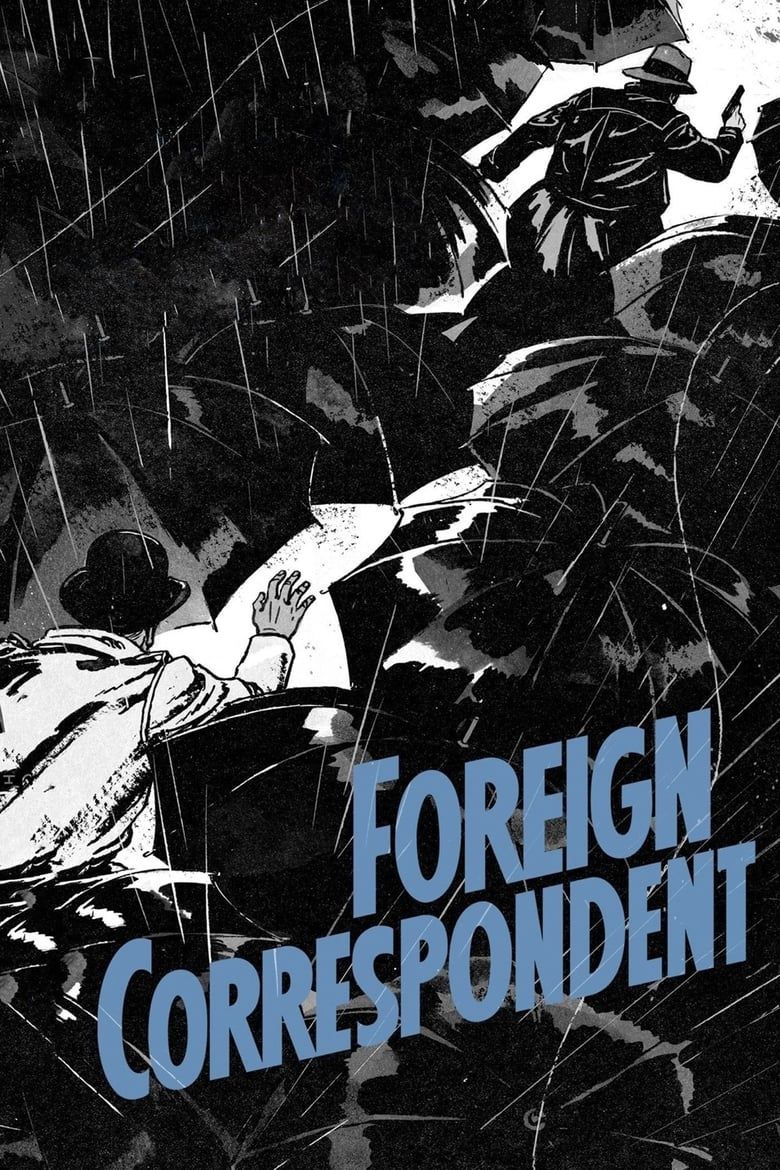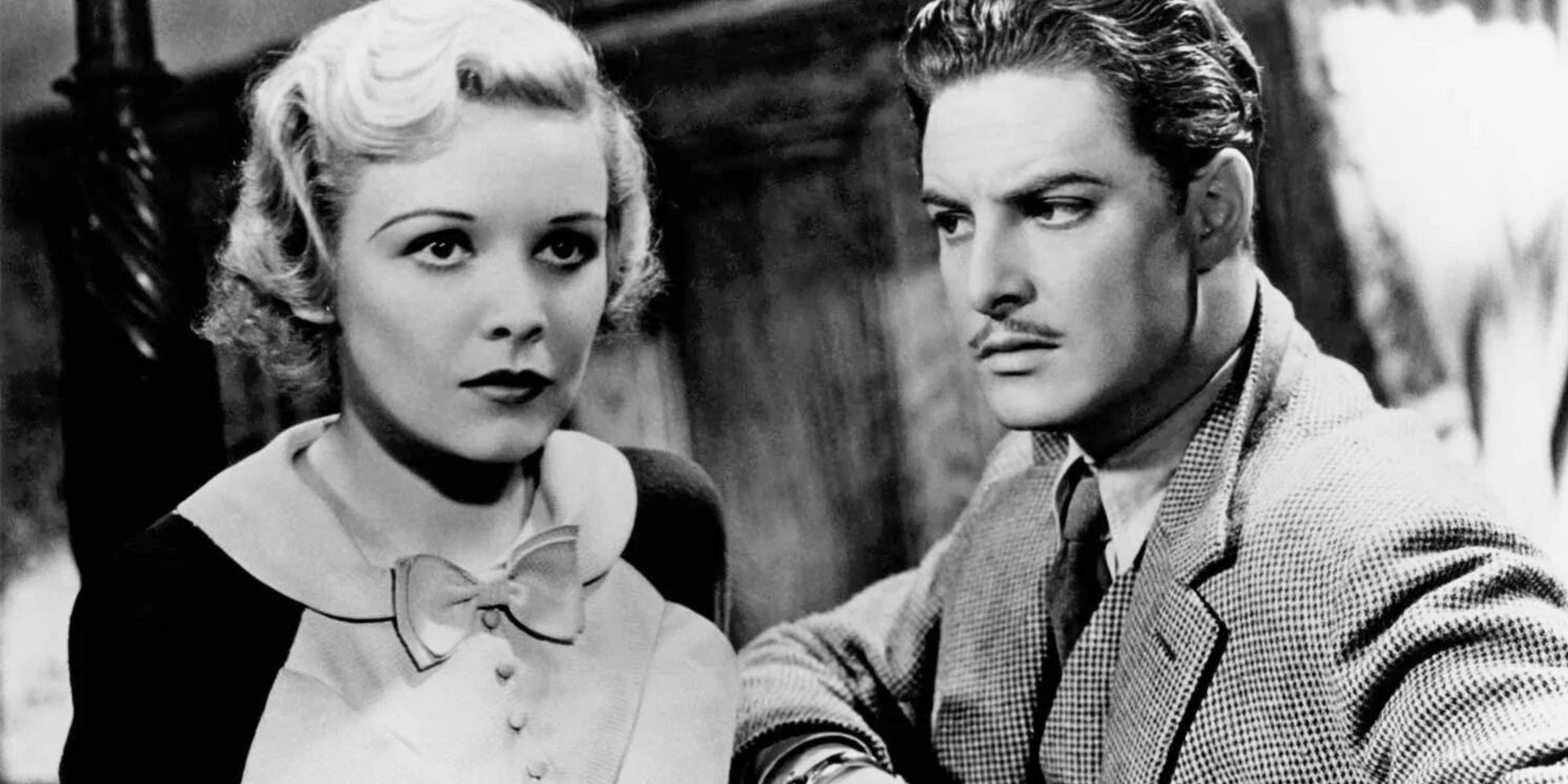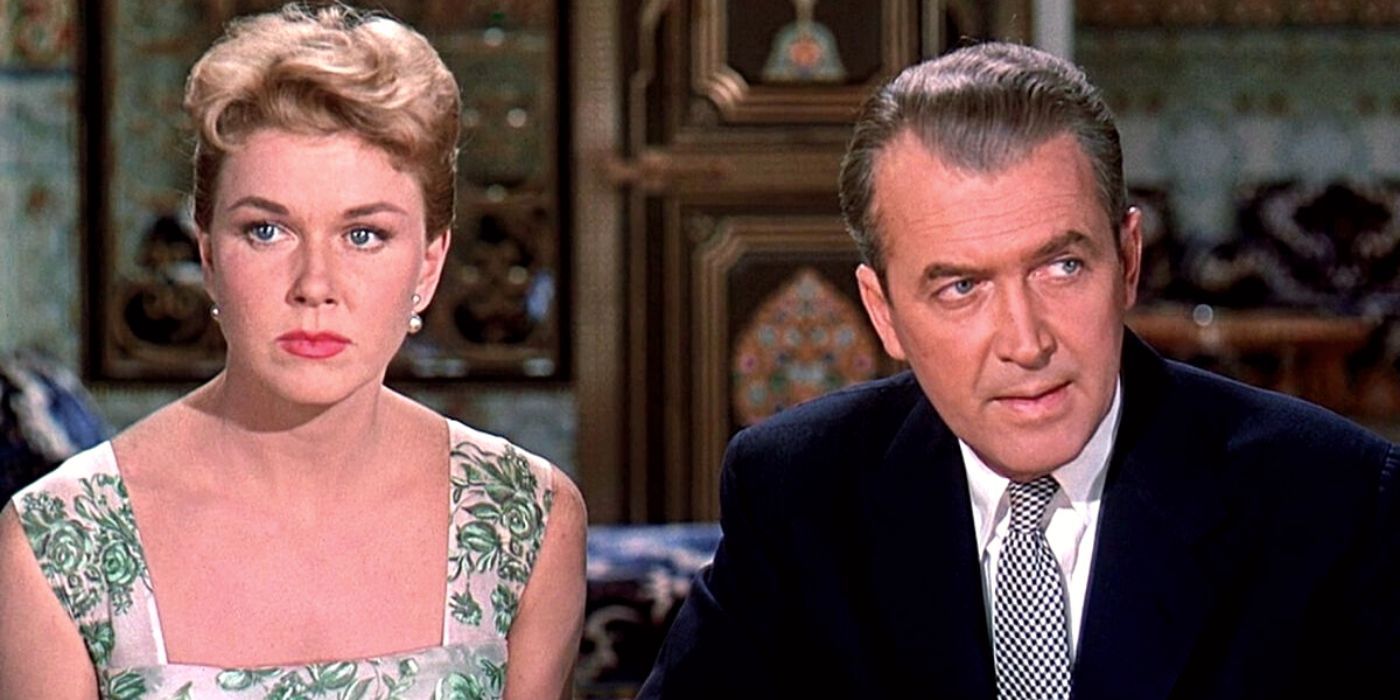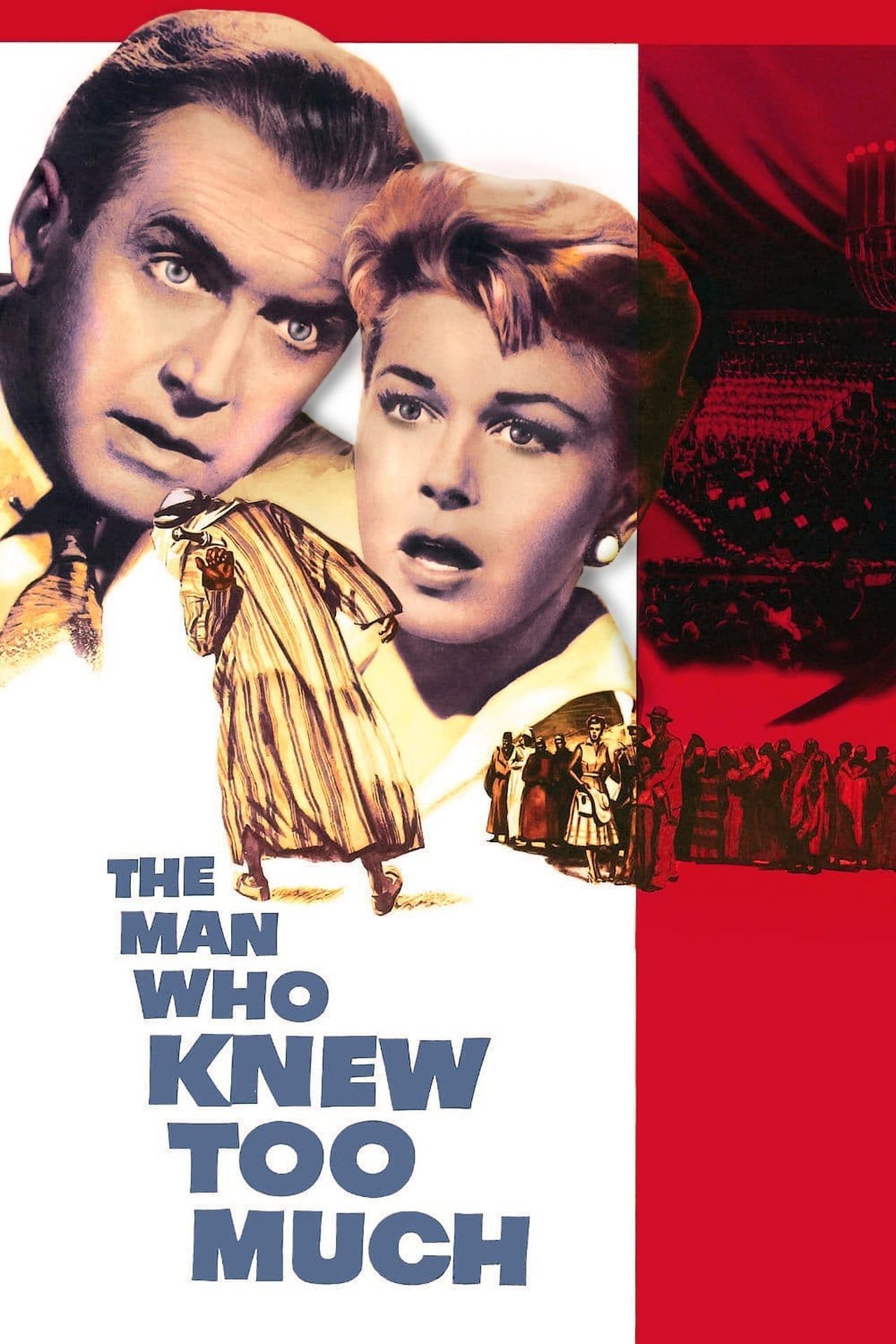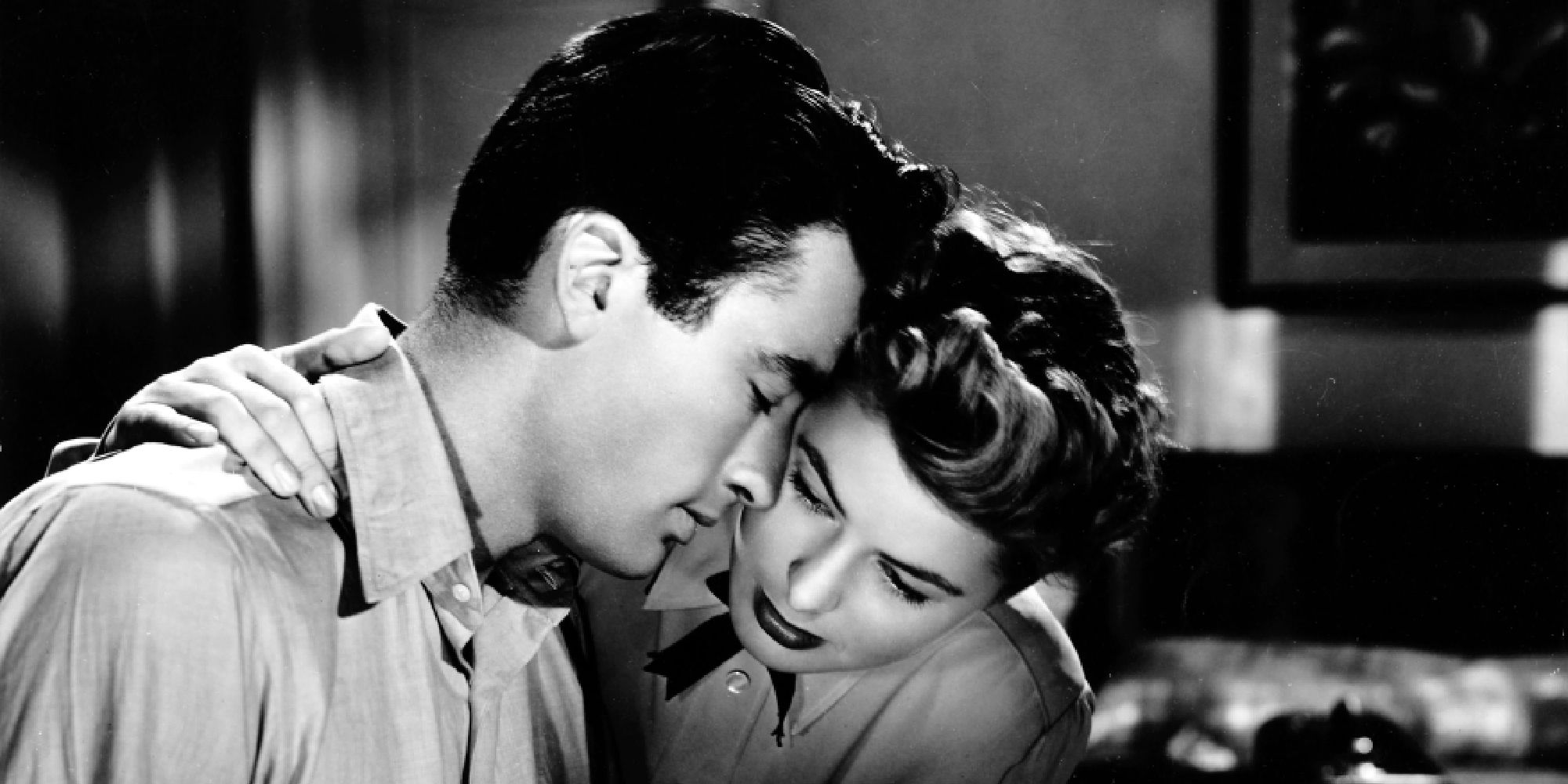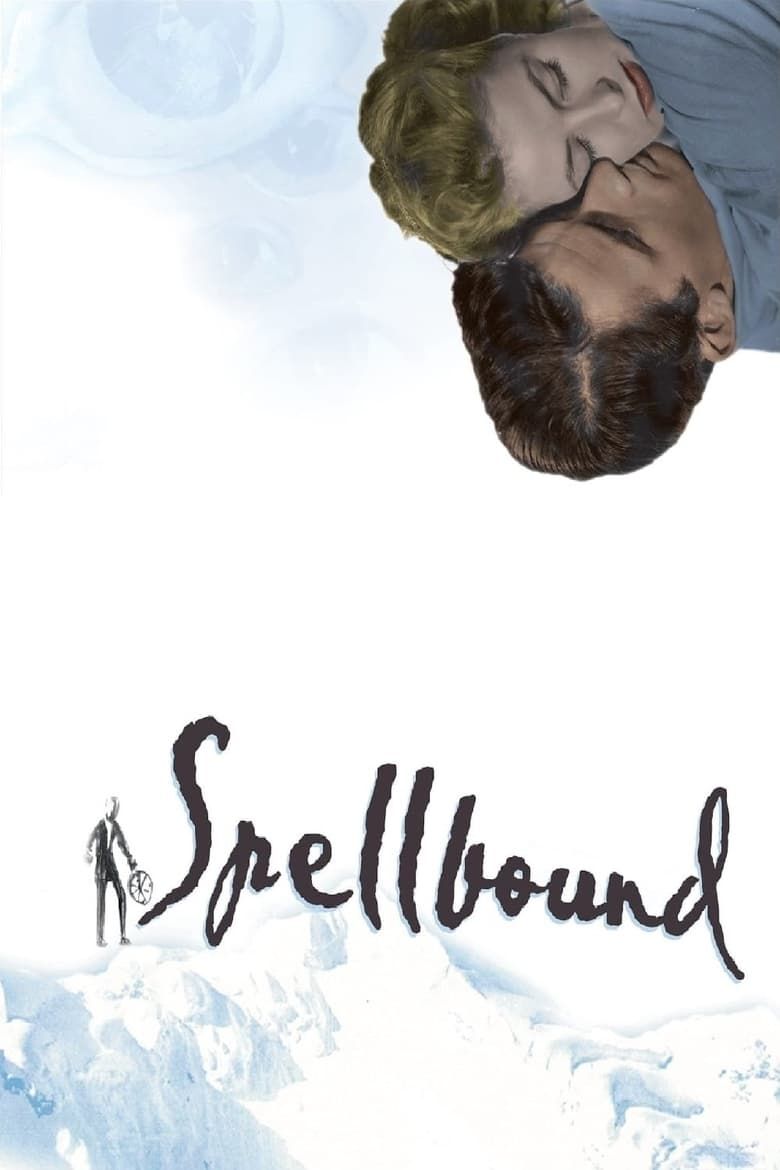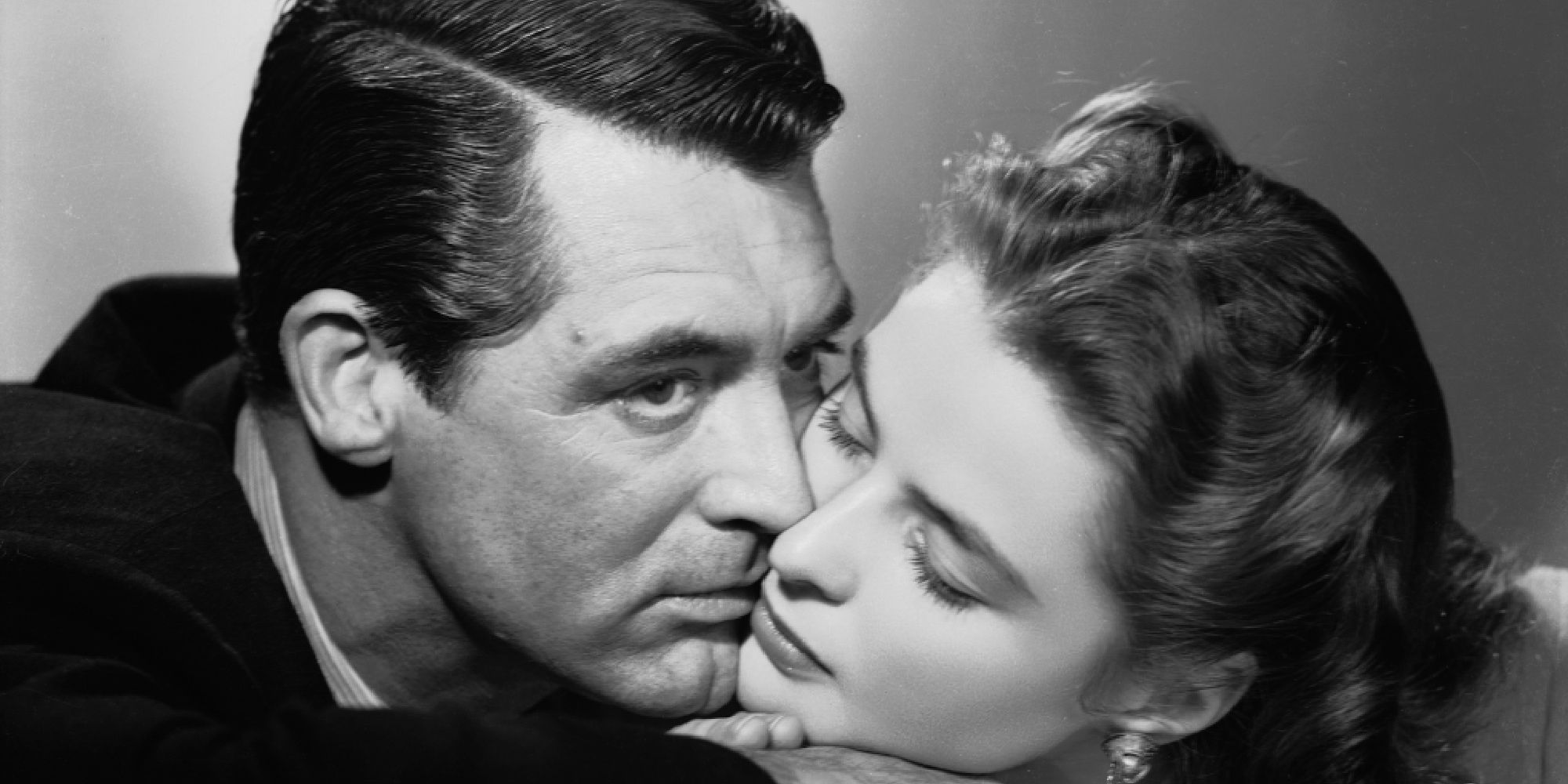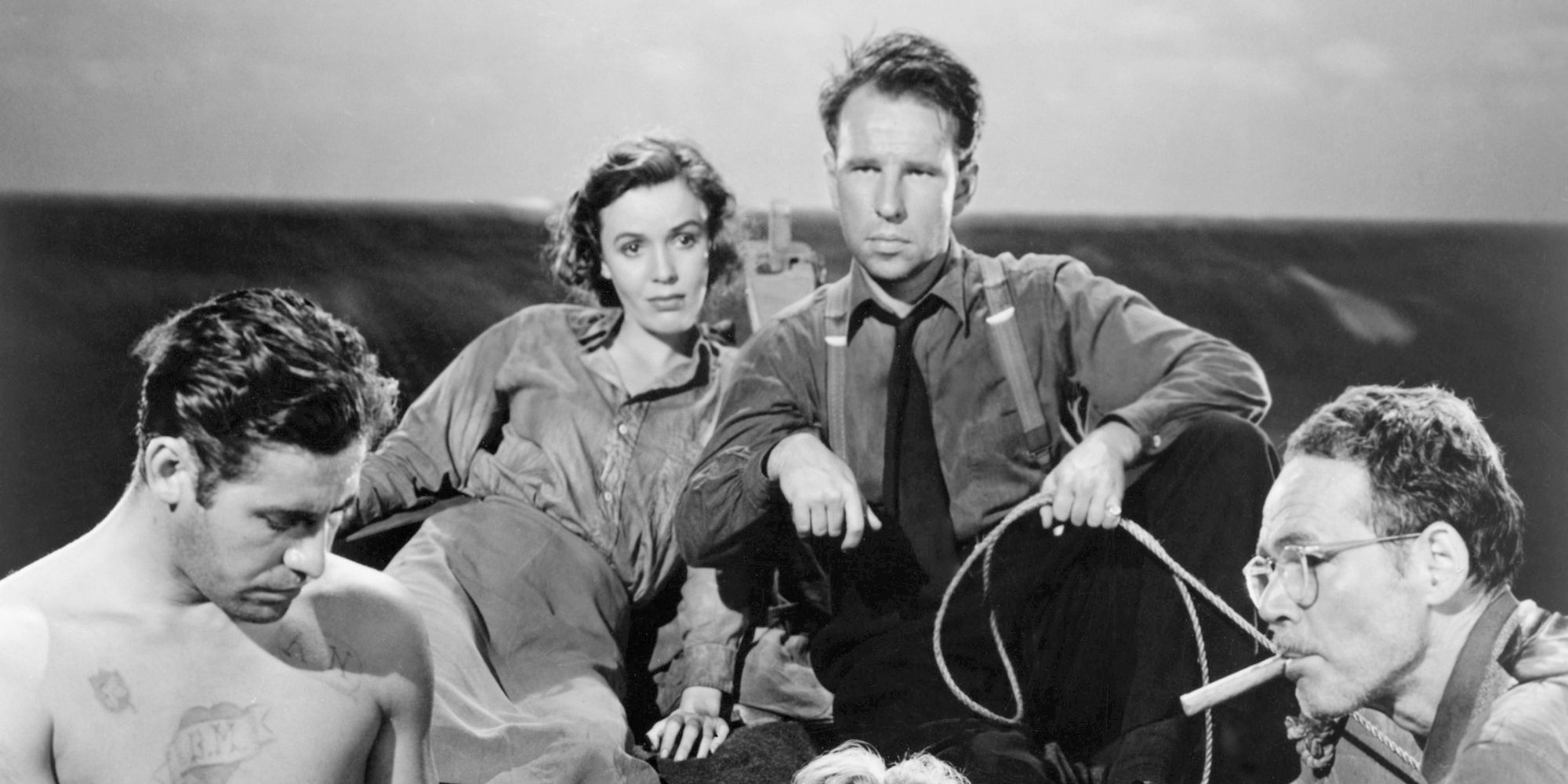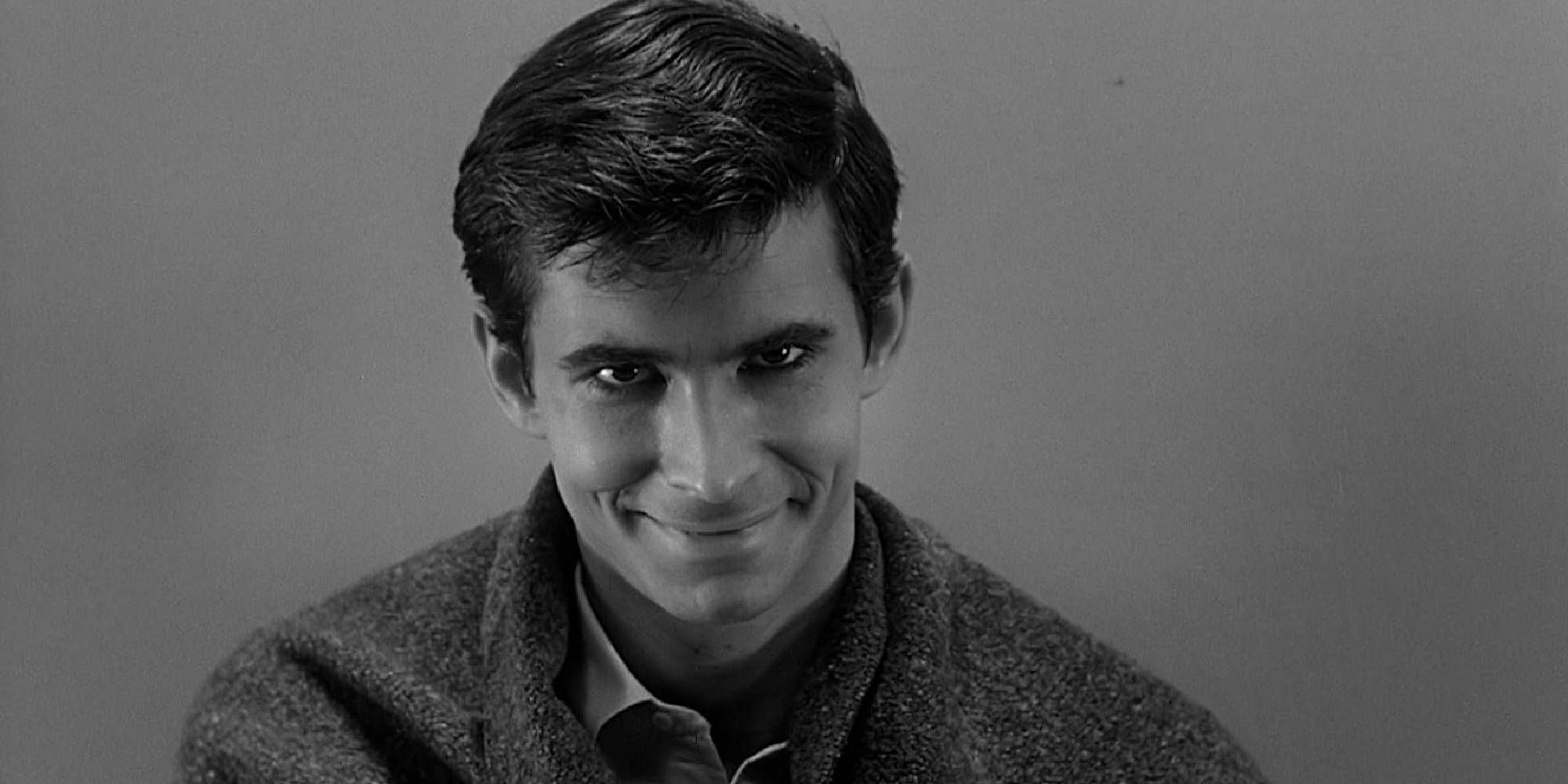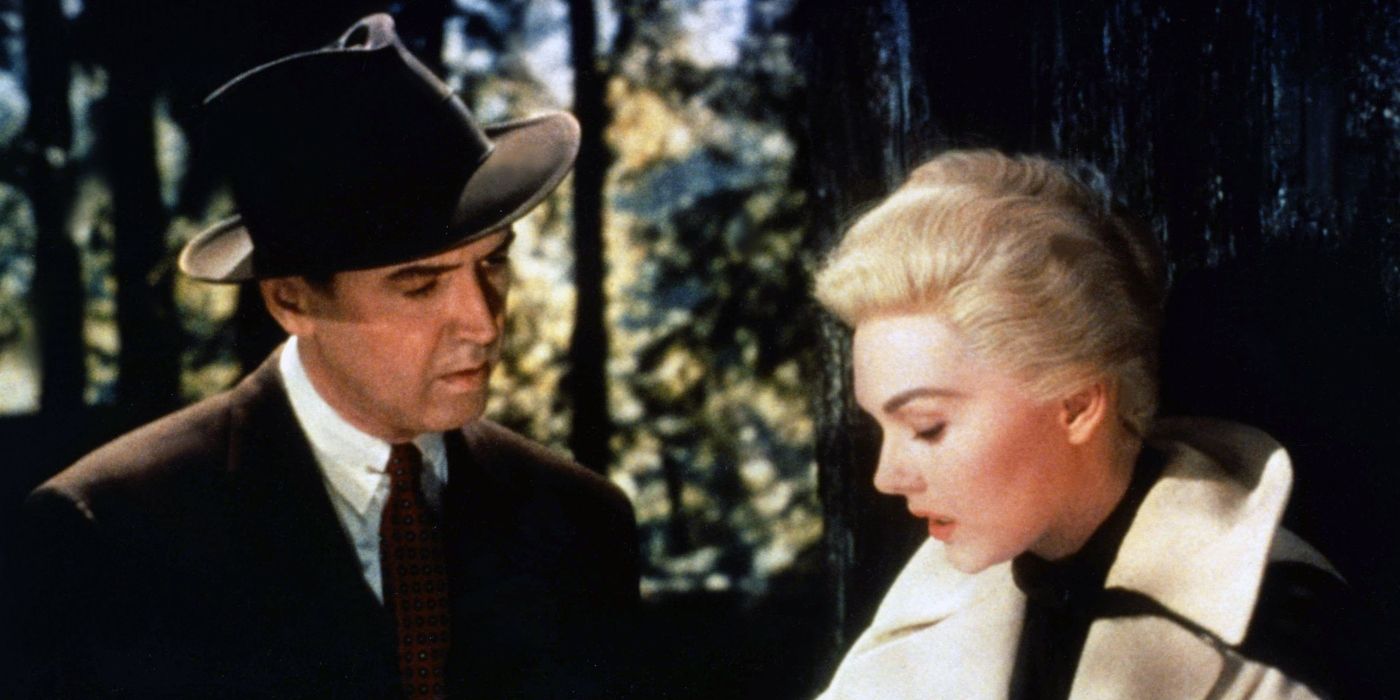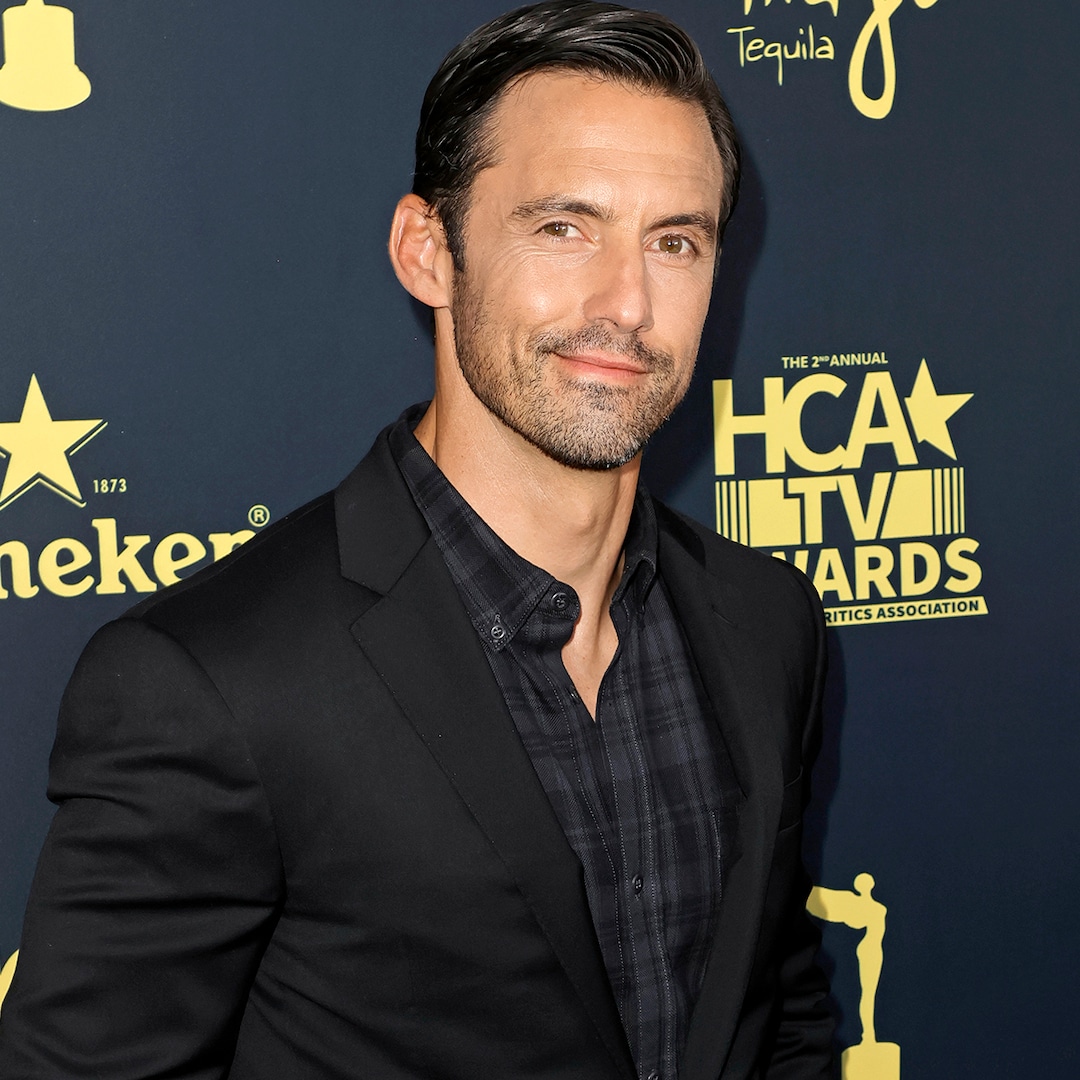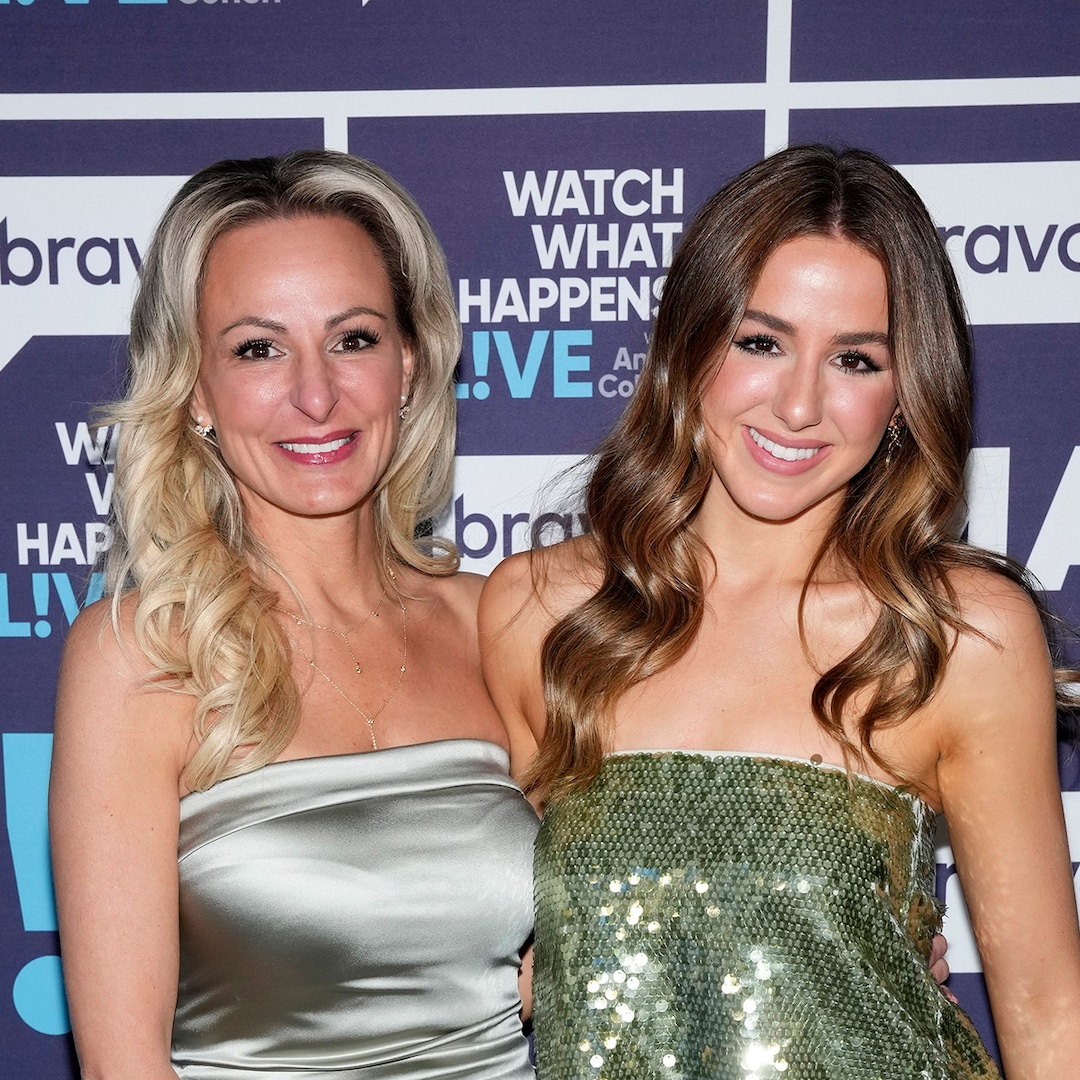The great Alfred Hitchcock is often cited as one of the best filmmakers of all-time, and for good reason. Hitchcock’s best films spanned many genres, and the relationship he developed with audiences ensured that viewers would come out in mass to see the newest films based solely on the fact that his name was attached, and played a significant role in the marketing campaign.
Hitchcock earned the nickname “The Master of Suspense” due to his aptitude for directing high-concept thrillers with a signature twist or particularly shocking moment. Although Hollywood dealt with far stricter parameters in its “Golden Age” regarding the types of explicit content that were acceptable on-screen, Hitchcock was still able to take viewers off guard with some genuinely disturbing moments that crossed the line of good taste. Here are the most thrilling Alfred Hitchcock movies, ranked.
15
‘Foreign Correspondent’ (1940)
Starring Joel McRea and Laraine Day
Foreign Correspondent was one of the most historically interesting films in Hitchcock’s entire career, as it examined the role that an international journalist played in reporting events during the years leading up to World War II. Hitchcock couldn’t have possibly known how much the war would actually evolve amidst production, as Foreign Correspondent debuted in theaters a year before the bombing of Pearl Harbor inspired the United States of America to officially join the Allied Forces in waging war against Nazi Germany and the fascist regimes in Japan and Italy.
Foreign Correspondent explores the power of truth, and how those in control are desperate to suppress those who seek to speak out; it was a great encapsulation of the era that now feels even more relevant than ever before given the way that reporters are treated by governments in the 21st century.
14
‘The 39 Steps’ (1935)
Starring Robert Donat and Madeline Caroll
The 39 Steps predated the rise of the spy and espionage genre that would not become more popular until the Cold War era, but in many ways, it laid the foundation for franchises like James Bond. The film stars Robert Donat as a secret agent on the run who must assemble a collection of clues that point to a larger conspiracy of evil.
The 39 Steps is among Hitchcock’s most athletic films, as it contains a surprising degree of action, considering that technology was still in its infancy during the 1930s. It’s impressive to see how many of the chases and close encounters of the film hold up well today; while computer-generated imagery and spectacle are bound to show their age after a few years, there is nothing about good filmmaking that ever feels stale, and The 39 Steps is proof.
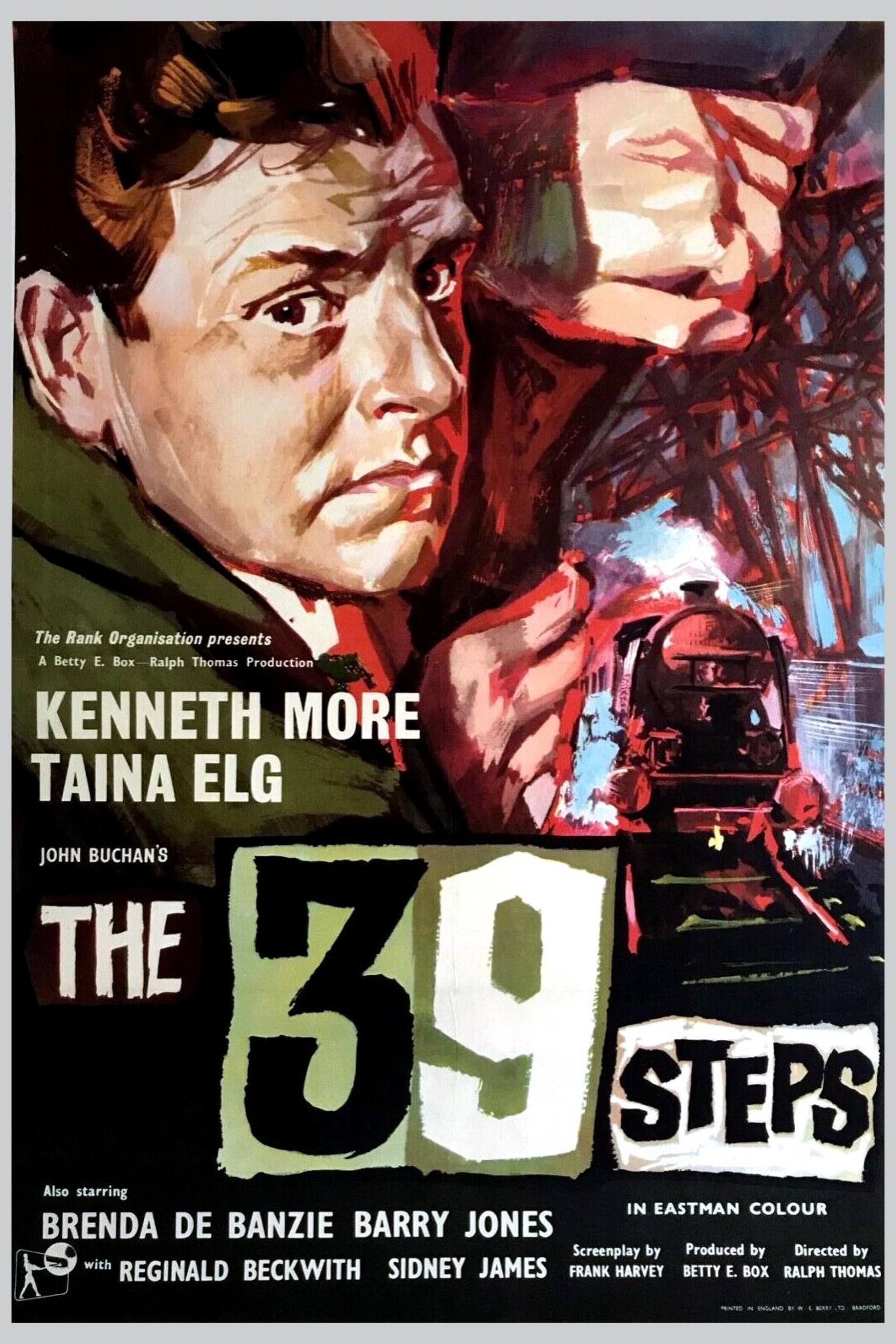
The 39 Steps
- Release Date
-
July 31, 1935
- Cast
-
Robert Donat
, Madeleine Carroll
, Lucie Mannheim
, Godfrey Tearle
, Peggy Ashcroft
, John Laurie
, Helen Haye
, Frank Cellier - Runtime
-
86 Minutes
13
‘To Catch a Thief’ (1955)
Starring Cary Grant and Grace Kelly
To Catch A Thief gave Hitchcock the opportunity to reunite with Cary Grant, who came out of retirement because he was so impressed with the material. Grant brings his signature charisma to the role of an aging cat burglar who comes out of retirement to pull off one last con, only to discover that there are unscrupulous players willing to take advantage of him.
Hitchcock does a great job at capturing the exotic locations and exploring interesting heist scenes, many of which felt entirely ahead of their time. Grant is certainly one of the most charismatic actors of all-time, and does let the audience know they are in safe hands; however, he also brings a greater sense of vulnerability to the role, which only makes the film feel even more suspenseful than it would have been with a different actor in the role.
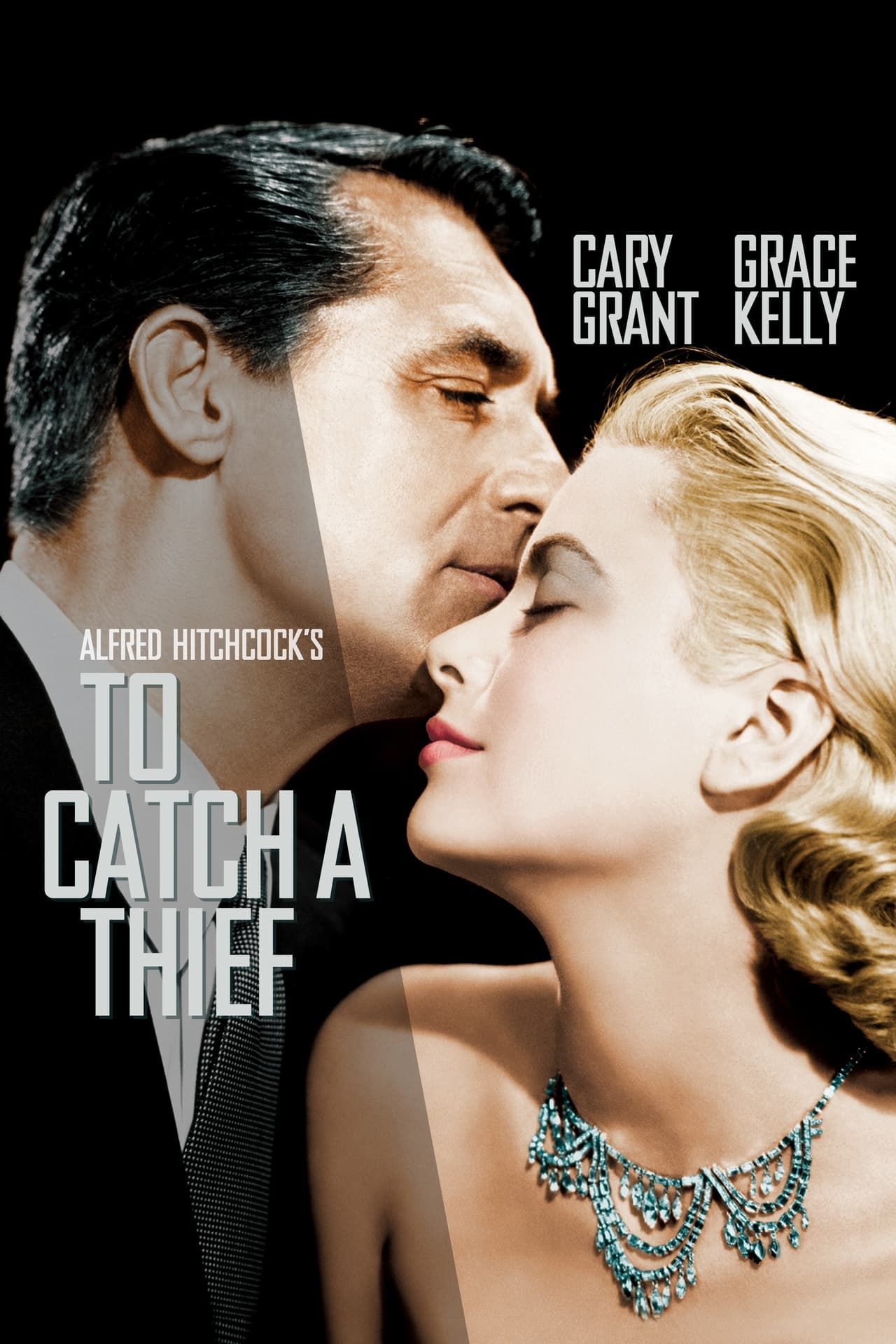
To Catch A Thief
- Release Date
-
August 3, 1955
- Runtime
-
106 Minutes
12
‘The Man Who Knew Too Much’ (1956)
Starring James Stewart and Doris Day
The Man Who Knew Too Much is actually a remake of a film that Hitchcock already made earlier in his year, but was updated to include a more expansive cast. While there are many modern remakes that suffer because they do not sufficiently expand upon the world of the original, Hitchcock completely revamped The Man Who Knew Too Much to be a twisty crime thriller that was filled with family drama.
The Man Who Knew Too Much captures the indescribable feeling of not being able to protect a loved one, and forces the audience to question what they would do if they were placed in a similar situation. Although the events that Hitchcock captures are often quite imaginative, he is able to explore genuine moments of human interest that make his work more personal, which in turn makes them even more emotionally thrilling.
11
‘Saboteur’ (1942)
Starring Robert Cummings and Priscilla Lane
Saboteur is one of the most underrated films of Hitchcock’s entire career, as it was one of the first major works that he made after he began making films in the United States. Robert Cummings stars as a member of the United States military who is falsely accused of planting a bomb in a factory, and forced to go on the run to collect evidence that would clear his name and uncover the conspiracy.
Saboteur does a great job at showing the anxiety that comes with being falsely accused of a crime, and moves at such a fast rate that it is challenging for the audience to stop to catch their breath. Although Hitchcock has delivered more than a few iconic setpieces throughout his career, the final chase and fight scene in Saboteur that takes place in New York City is one of the very best that he ever created.
10
‘Spellbound’ (1945)
Starring Ingrid Bergman and Gregory Peck
Spellbound was a groundbreaking film for Hitchcock because it dealt with paranoia regarding mental health issues that Hollywood had never really touched on before in its history. The film not only was able to ensure that the audience related to a character with potential cognition issues (played brilliantly by Ingrid Bergman in one of her best performances), but suggested that “rational” people could be manipulated into appearing to be insane.
Spellbound was another example of Hitchcock using subversive casting to his advantage, as it was odd to see Gregory Peck in the role of a morally dubious character. Peck may have been best known for playing heroic characters in war and adventure films, but Hitchcock was able to prove that one of Hollywood’s favorite good guys had a dark side that could be unleashed at the most inopportune moments imaginable.
Buy on Amazon
9
‘Notorious’ (1946)
Starring Cary Grant and Ingrid Bergman
Notorious served as Hitchcock’s first deep dive into the modern espionage genre, which he only previously experimented with in classics like Secret Agent and Foreign Correspondent. The major difference is that Hitchcock put more emphasis on the romantic elements of Notorious, as Bergman and Cary Grant had such great chemistry together that the prospect of their characters being separated was truly disturbing for audiences who had become invested.
Notorious marked a notable change in the direction of Hitchcock’s career in which his films began to become more realistic. Hollywood had its eyes opened to the brutality of the world in the midst of World War II, and the industry responded in kind by making films that were far meaner, tougher, and more cynical. Hitchcock was an important part of this moment of maturation that signified that Hollywood itself had “grown up.”
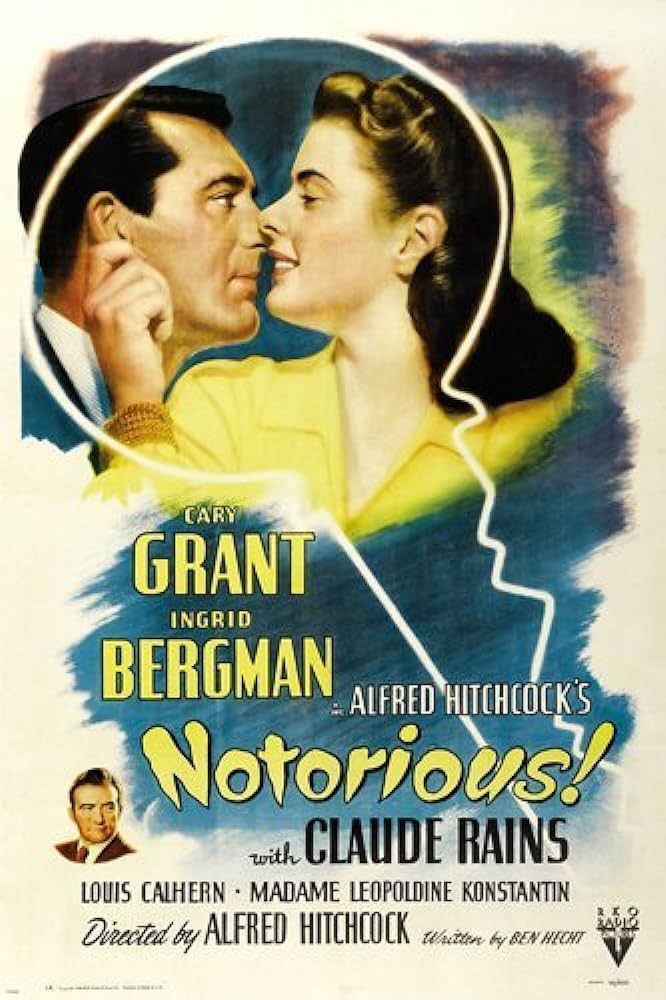
- Release Date
-
August 15, 1946
- Cast
-
Cary Grant
, Ingrid Bergman
, Claude Rains
, Louis Calhern
, Leopoldine Konstantin - Runtime
-
101 Minutes
8
‘Dial M for Murder’ (1954)
Starring Ray Milland and Grace Kelly
Dial M for Murder is one of the most ingenious films that Hitchcock ever made, as it utilized groundbreaking 3D techniques in order to feel more immersive. The film centers on a blind woman (Grace Kelly) who begins to suspect that her husband (Ray Milland) is attempting to murder her in order to attain her fortune.
Dial M For Murder does a great job of keeping the characters’ motivations ambiguous, leading to a climactic final act in which the truth is revealed. While a majority of the audiences that saw Dial M For Murder did not see it in the 3D format that Hitchcock had intended, the colorization and cinematography were still produced to accommodate a wider scope of coverage, resulting in a deeper field of visual immersion that only felt all the more compelling to watch play out to the end.
7
‘Lifeboat’ (1944)
Starring William Bendix and Tallulah Bankhead
Lifeboat is among the most morally ambitious films of Hitchcock’s career, as the tension in the story revolves around whether or not the seemingly “good people” will commit an act of evil out of fear and anxiety. Set and released during the midst of World War II, Lifeboat follows a group of survivors on a raft who begin to suspect that one of their companions is a Nazi spy who could put them all in danger.
Lifeboat was able to create a lot of tension within a small location, as it did not have the epic scope that some of Hitchcock’s other films had. However, the film presented such a relatable premise to audiences (particularly as the real world war was unfolding) that it became a topic of intense debate, and earned Hitchcock one of the few Academy Award nominations of his entire career.
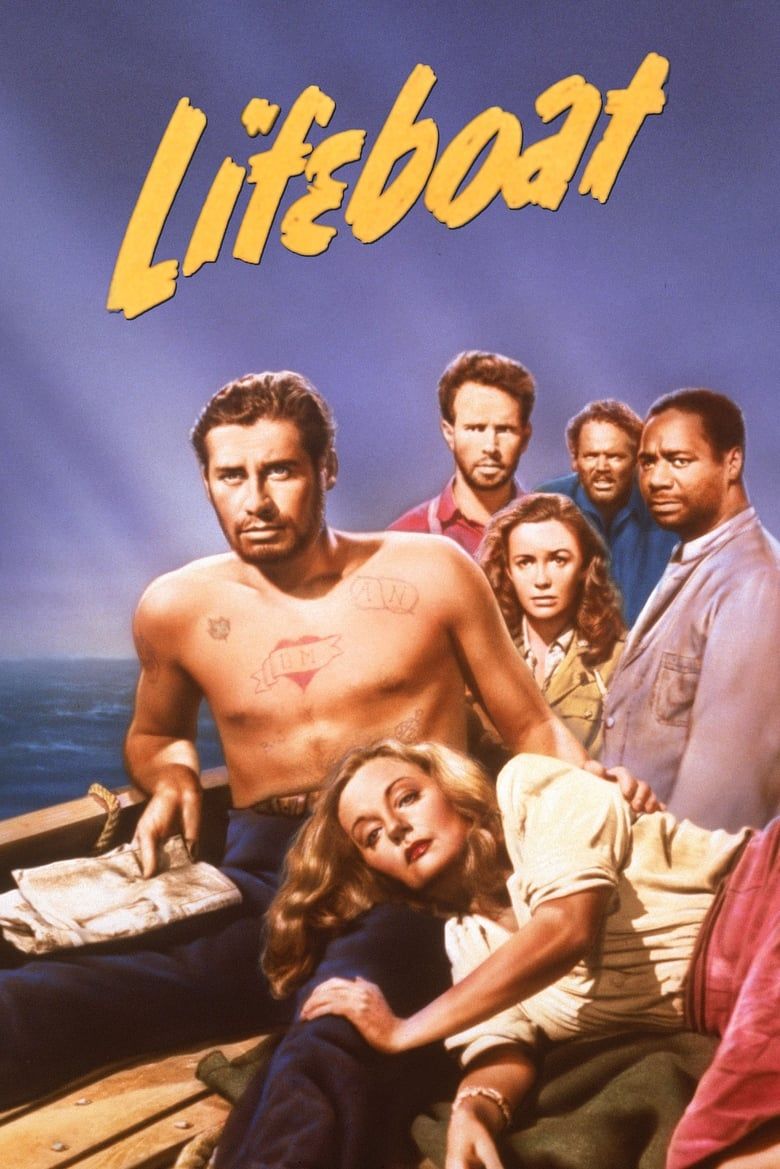
Lifeboat
- Release Date
-
January 28, 1944
- Cast
-
Tallulah Bankhead
, John Hodiak
, Walter Slezak
, William Bendix
, Mary Anderson
, Henry Hull
, Heather Angel
, Hume Cronyn - Runtime
-
97 Minutes
6
‘North by Northwest’ (1959)
Starring Cary Grant and James Mason
North by Northwest essentially set the template for what a modern action movie should look like, as the premise of an “ordinary man caught in extraordinary circumstances” would be used time and time again within the subsequent decades. Stunts and choreography have obviously evolved significantly since North by Northwest was released in 1959, but the iconic plane chase and fight on Mount Rushmore still hold up very well today.
North by Northwest coasted off of the charisma of Grant, who was able to create a compelling hero character that the viewers were invested in as he is met with continuous setbacks in an attempt to clear himself of wrongdoing. Not to be discounted is James Mason, whose delightfully evil performance as the main antagonist easily ranks among the scariest characters that Hitchcock has ever brought to life in any of his thrillers.

- Release Date
-
September 8, 1959
- Cast
-
Eva Marie Saint
, James Mason
, Cary Grant
, Leo G. Carroll
, Jessie Royce Landis - Runtime
-
136 minutes
5
‘Rebecca’ (1940)
Starring Laurence Olivier and Joan Fontaine
Rebecca is the only Hitchcock film that ever won the Academy Award for Best Picture, but it certainly was not an example of the Master of Suspense “selling out” in order to appease the more conservative Oscar voters. Rebecca is a challenging gothic noir that follows a young woman (Joan Fontaine) as she falls in love with a kind-hearted widower (Laurence Olivier) who can’t help but feel burdened by the death of his ex-lover.
Rebecca turns the classical Hollywood romantic story on its head, creating a strange structure in which the audience has to root against their suspicions that foul play is at work. While Ben Wheatley tried to remake the film in 2020 with Armie Hammer and Lily James, it only proved that the seismic thrills that Hitchcock had created with his most critically acclaimed film could never be recreated with any modern interpretation.

- Release Date
-
April 12, 1940
- Cast
-
Laurence Olivier
, Joan Fontaine
, George Sanders
, Judith Anderson
, Nigel Bruce
, Reginald Denny
, C. Aubrey Smith
, Gladys Cooper - Runtime
-
130 Minutes
4
‘Rope’ (1948)
Starring James Stewart and John Dall
Rope is the most formally inventive film of Hitchcock’s career, as it is shot in a way that it appears that there are no breaks in movement. Although this is a tactic that would be later used to great effect in Birdman (or the Unexpected Virtue of Ignorance) and 1917, it was far more impressive in 1948 when the special effects industry was not quite as well-developed as it is today.
Rope is another excellent murder mystery story that succeeds in catching the audience off guard by retaining the majority of the action to a single location. It also proved to be a groundbreaking film in the career of James Stewart, known for the “nice guy” persona that he had acquired after Mr. Smith Goes To Washington and It’s A Wonderful Life. He’s the hero of Rope, but it’s an uncommonly dark enterprise, especially for the time.
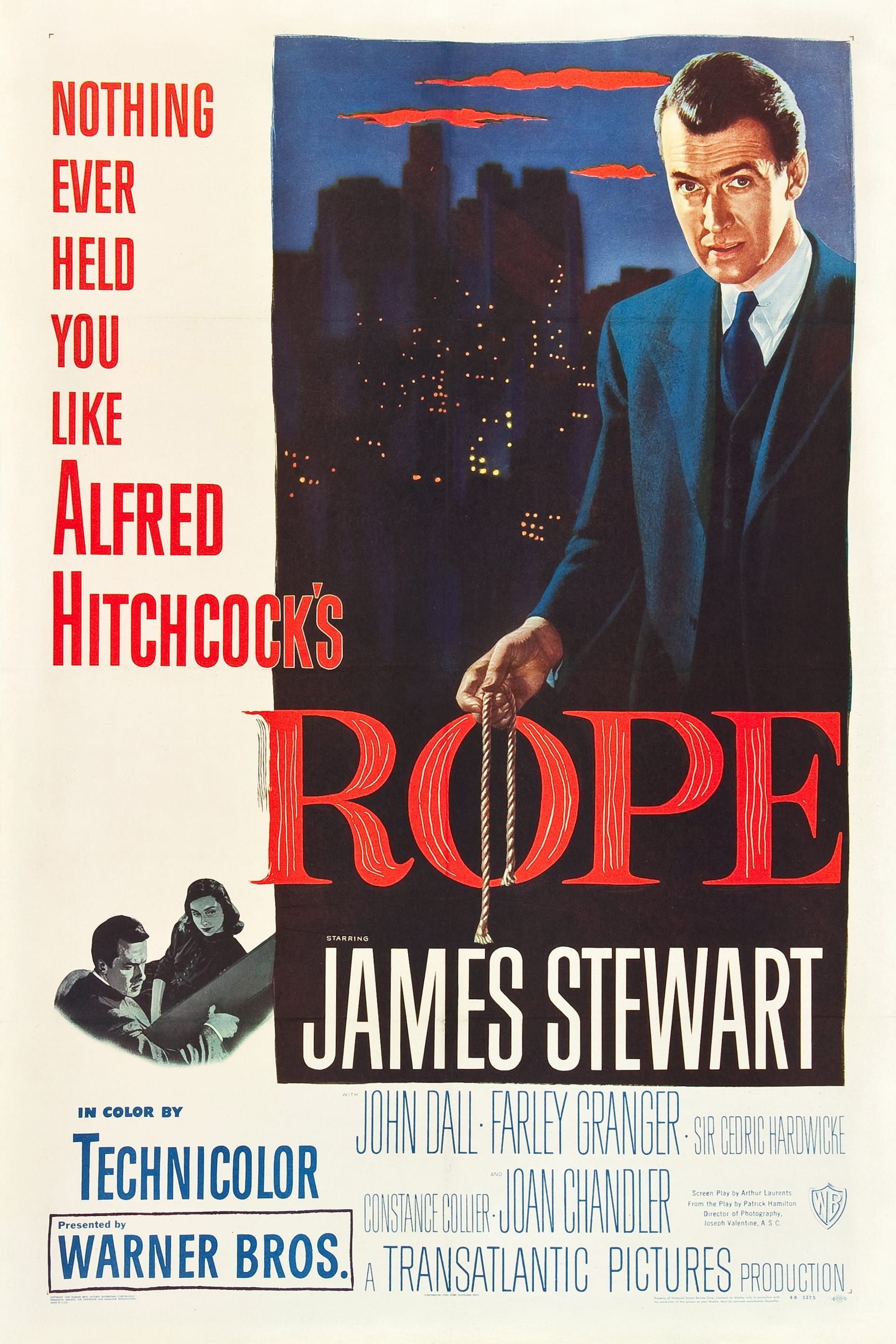
- Release Date
-
September 25, 1948
- Cast
-
James Stewart
, John Dall
, Farley Granger
, Dick Hogan
, Edith Evanson
, Cedric Hardwicke - Runtime
-
80 Minutes
3
‘Psycho’ (1960)
Starring Anthony Perkins and Janet Leigh
Psycho is often cited as the film that kicked off the “slasher movie” trend, as films like Halloween, Black Christmas, A Nightmare on Elm Street, and The Texas Chain Saw Massacre would all draw inspiration from the structure, and particularly the character of Norman Bates (Anthony Perkins). The infamous “shower scene” is often cited as one of the scariest scenes in film history because the audience comes to believe that a supposedly “safe” environment could be the site of a gruesome murder.
Psycho excellently uses a red herring to mask the real identity of the killer, making it even more critical to watch until the very ending. Although it did end up inspiring an interesting franchise that took the character of Norman in a new direction as an anti-hero, the original Psycho is a masterful thriller that will never be topped by any subsequent reinterpretation.

Psycho
- Release Date
-
September 8, 1960
- Cast
-
Janet Leigh
, Martin Balsam
, Anthony Perkins
, John Gavin
, Vera Miles - Runtime
-
109 minutes
2
‘Rear Window’ (1954)
Starring James Stewart and Grace Kelly
Rear Window saw Hitchcock realizing the “voyeuristic” premise of an onlooker observing a horrific crime to its fullest extent, creating a suspenseful masterwork in which the audience felt like a real character within the story. Although it was initially pulled from release and unavailable for many years, Rear Window is credited with inspiring many similarly themed thrillers in the subsequent decades.
Rear Window forced the audience to question what they would do in a similar situation, as the main character played by Stewart is an immensely relatable one. Although Rear Window is meticulously placed in a way that is very deliberate, the exhilarating final chase and battle sequence easily rank among the most exciting scenes that Hitchcock has ever realized. While Rear Window may have now become the single most iconic film of his career, its popularity does not dull the impact of its scares in the slightest.

- Release Date
-
September 1, 1954
- Cast
-
Thelma Ritter
, James Stewart
, Wendell Corey
, Grace Kelly
, Raymond Burr - Runtime
-
112 minutes
1
‘Vertigo’ (1958)
Starring James Stewart and Kim Novak
Vertigo is one of the most thrilling films ever made because it shows what it is like to confront one’s darkest secrets and contend with the fungible nature of identity. Although Stewart had done great work with Hitchcock on Rear Window and The Man Who Knew Too Much, he gives one of the best performances of his career as a former detective who becomes obsessed with an enigmatic woman (Kim Novak).
The twist regarding the identity of the femme fatale character is among the greatest in film history, as it forces the viewer to re-assess everything that they have come to believe about the way that the story was unfolding from a completely different perspective. Although the different interpretations of Hitchcock’s intentions for Vertigo have been relentlessly debated by film scholars ever since its initial release, none of the surrounding discourse has made it any less exhilarating as a pure thriller.
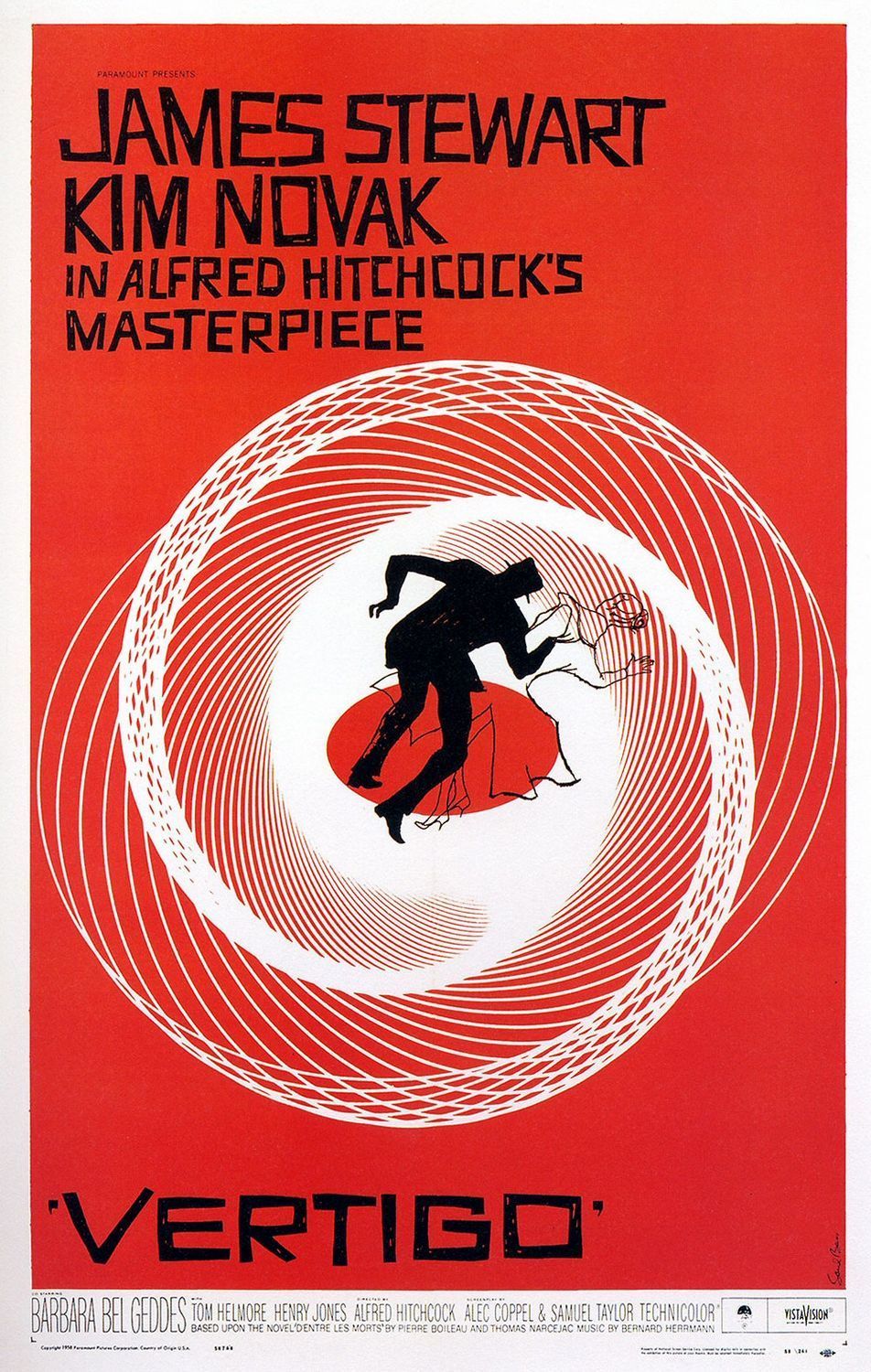
- Release Date
-
May 9, 1958
- Cast
-
Tom Helmore
, Barbara Bel Geddes
, Kim Novak
, James Stewart
, Henry Jones - Runtime
-
128 minutes


